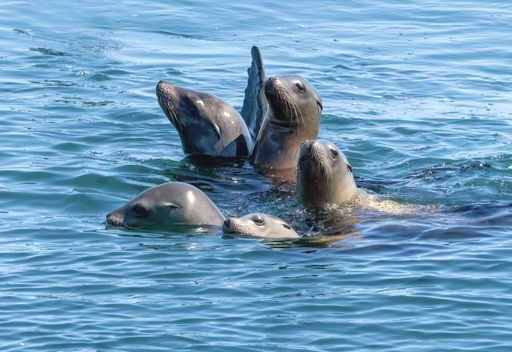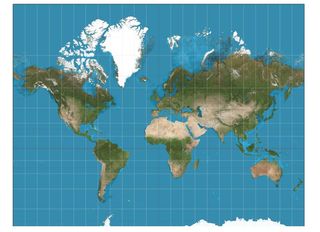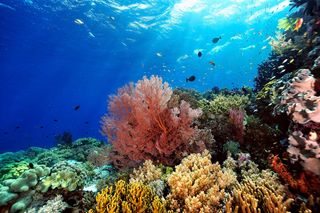Two dwarf planets beyond Neptune could harbour conditions for life, scientists explain why
Eris and Makemake, two dwarf planets, show surprising geological activity. This information leads us to think about the possibility of hosting oceans under their frozen surfaces. So could there also be life?
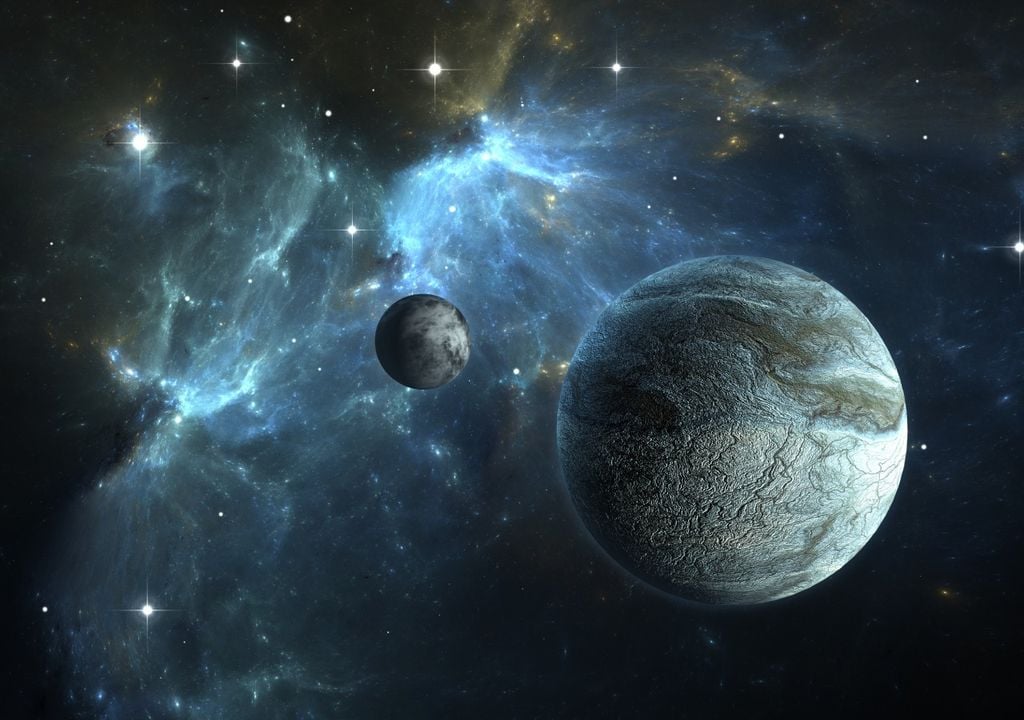
The solar system is home to the eight planets that we all know and our star, capable of giving us life. But there are also dwarf planets, such as Pluto. The Astrophysical Union, which dictates the criteria to consider a planet as such, added Ceres, Humea, Eris and Makemake to the group of “dwarves”. Well, these last two could harbour life.
Where are Eris and Makemake located?
Except for Ceres, the rest of the dwarf planets are located beyond the orbit of Neptune, that is, in the outer zone of our system. That place is known as the Kuiper belt. This place is populated by millions and millions of rocky bodies that could hide habitable worlds yet undiscovered. There is the home of Eris and Makemake.
Upon observations made by the @NASAWebb space telescope, traces of monodeuterated methane (CHD) were discovered on the surfaces of two dwarf planets named Eris and Makemake, comparable in size to Pluto and its moon Charon. The duo drifting in the Kuiper Belt reveals to have pic.twitter.com/1cQRzKzZbQ
— Maurizio Iβλἄ (@Dragonmaurizio) February 22, 2024
Eris is only 44 kilometres smaller than Pluto. However, it is 25% more massive thanks to a higher concentration of rock in its core. On the other hand, Makemake was discovered two months after Eris and turns out to be smaller and with a radius of 1163 kilometres.
The news here is that both Eris and Makemake could be geologically active, as is Pluto. That means they could harbour underground oceans and clearly, if there is water, there may be life. This is the conclusion reached by scientists from the Space Sciences Division of the Southwest Research Institute, in Texas.
Methane is the key
In 2015, after discovering that Pluto had gigantic frozen volcanoes and ultimately volcanic activity, a similar study was carried out with Eris and Makemake. Data provided by James Webb for the study suggested that these two were also geologically active and contained gases on their icy surfaces.
Un nuevo descubrimiento realizado por investigadores del Southwest Research Institute revela que los planetas enanos Eris y Makemake, situados en el cinturón de Kuiper, podrían estar geológicamente activos... ¡y no tan fríos! pic.twitter.com/GSpVzo5sRd
Un geólogo en apuros (@geologoenapuros) February 19, 2024
The James Webb telescope is capable of capturing images of places that previously were inaccessible and its instruments are even capable of recognising the different isotopes of the atoms that make up each chemical substance. Thanks to it, they discovered that the most striking gas was methane. Within this group of gases they differentiated two: abiotic and thermogenic. The main difference between the two is in the amount of hydrogen and deuterium in their molecules.
According to Christopher Glein, geochemist and research coordinator, the ratio of hydrogen and deuterium opens a window to look into the subsoil of both planets. In short, Eris and Makemake could have potential sources of liquid water beneath their icy surfaces.
Will there be life far from the Sun?
These findings increase the possibility of finding life far from the Sun. It is important to recognise that this work is based on a series of assumptions and approximations, and cannot be considered a definitive fact. The possibility of water within Eris and Makemake will be the subject of study in the coming years. A hopeful new trend that leads us to think that planets far from our star could harbour life.
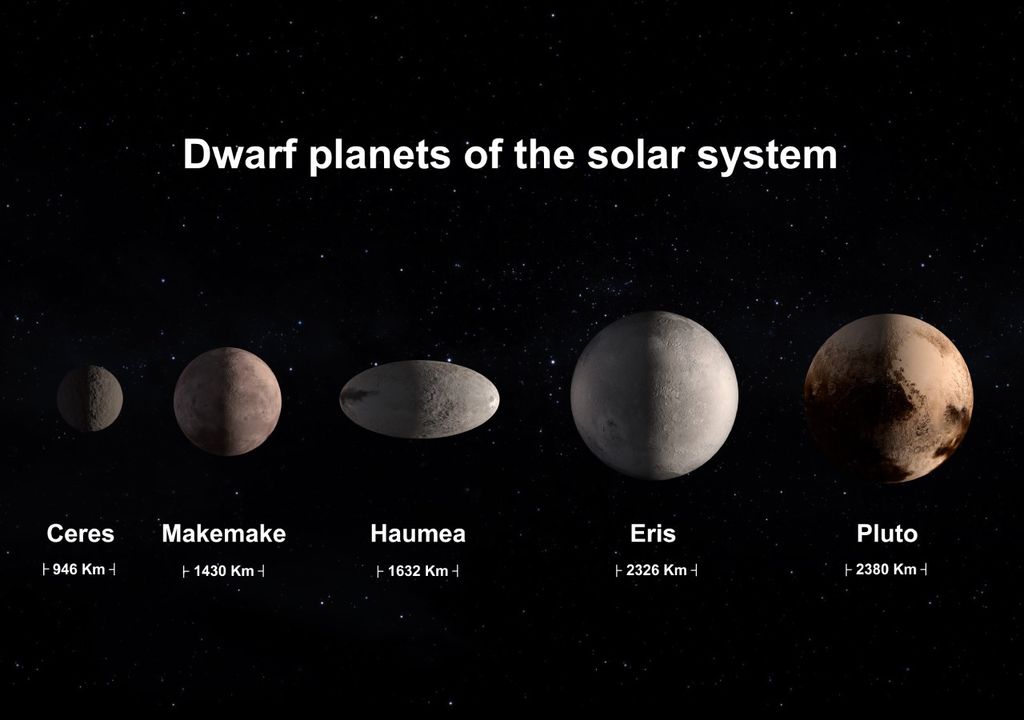
The Kuiper Belt is turning out to be much more “alive,” in terms of hosting dynamic worlds, than originally believed. It's not too early to start thinking about sending a spacecraft to fly by one of these bodies and put the James Webb data into a precise geological context.
Reference of the news:
Christopher R. Glein. et al Moderate D/H ratios in methane ice on Eris and Makemake as evidence of hydrothermal or metamorphic processes in their interiors: Geochemical analysis. Icarus (2024).


